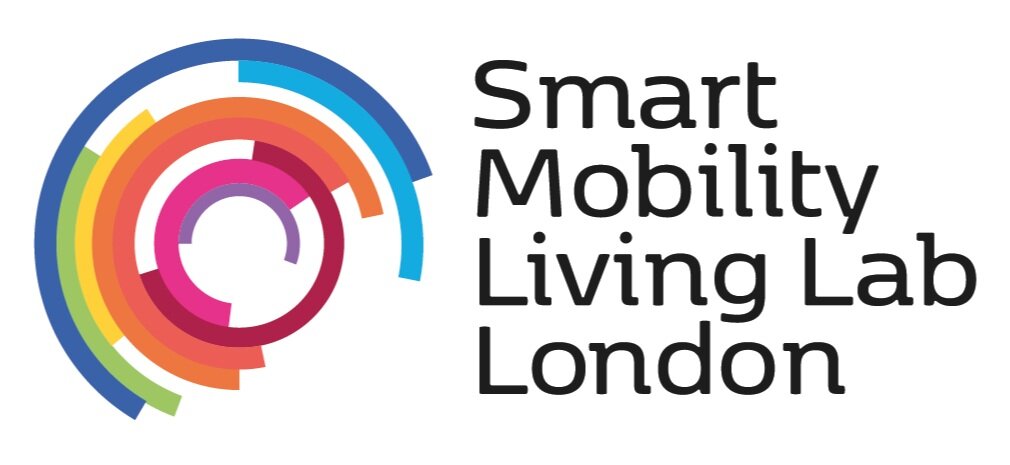Azmat Yusuf: The data-driven journey planner
Around 1160 BC, someone in Ancient Egypt picked up a piece of papyrus and began to draw.
They sketched out a valley – the Wadi Hammamat – the hills surrounding it, a quarry, a mine, the location of gold deposits, and the distribution of different rock formations. More significantly, however, they were plotting a route.
The scribe was a man named Amennakht, and the route was being laid out for an expedition to collect sandstone that would one day be shaped into statues of the king, Ramesses IV.
The map, known today as the Turin Papyrus Map, is considered to be the first of its kind – and a blueprint for many more in the future.
Ammenakht and Rameses used an innovative technology of the time, papyrus, for their map, but you’d be forgiven for not having them in mind when you poke a postcode into your smartphone screen and set off on a new journey.
Since their time, the process of getting from A to B and back has developed quite a bit.
Nowadays, routes are plotted with the help of digital maps, satellites, Wi-Fi beacons, and an endless stream of data. Journeys are serviced by countless modes of transport and multiple operators, and everyone seemingly has somewhere to be at all times of day and night.
In the first edition of our Innovator Series for 2019, we’re finding out how Azmat Yusuf set about simplifying the maze of transit options our modern cities offer – and how he revolutionised public transport and prevailing attitudes to data sharing in the process.
On the buses
When Yusuf landed in London in 2010, ready to start a new job at Google, he couldn’t get his head around the system used by hundreds of famous red buses zipping around the city.
This wasn’t a case of a country boy arriving in the big city, either: he’d already lived in major cities like New York and Singapore without feeling the need to own a car.
So, a trained engineer, Yusuf put his mind to simplifying the task of navigating the UK capital by bus.
He built an app called Busmapper, which worked out the swiftest ways to get around the city by bus. His app would later incorporate other modes of transport, like trains, taxis, and bikes, and offer pricing options too.
The app was rebranded in 2011, to become Citymapper, and it’s now available in cities on every inhabited continent worldwide, bar Africa.
For many smartphone-savvy travellers, it’s now second nature to touch down in a new city and open up the app to find their way via public transport to an Airbnb, restaurant, or sight that needs seeing.
Data drive
Key to the success of Citymapper is data, and smart interpretation of that data.
The app pools data that is user-generated, available in open datasets provided by transport authorities, or collected by mappers employed by Citymapper itself.
Data will be vital to the success of introducing connected autonomous vehicles (CAVs) to our streets too.
Just as Citymapper has allowed urbanites to base their travel decisions on masses of data, CAVs will pull in data from their environments to make their own informed and responsive decisions.
But in the case of CAVS, of course, the number of data-driven decisions being made will be even larger.
They’ll not just be working out the most efficient route from place to place, but drawing on data from the world and things around them to make the decisions that a human driver would otherwise be making: speed limits, signals, interactions with pedestrians and other vehicles…
Having a space in which to test how all of this will play out is at the very foundation of the SMLL project.
Our testbeds will provide the infrastructure needed to explore the capabilities of CAVs, and how to make them the safe, responsive, reliable, indispensable transport they have the potential to be.
Just like Yusuf back in 2010, we’ll be using the reams of data our city generates to help navigate a more seamless, efficient, enjoyable route to the future.
